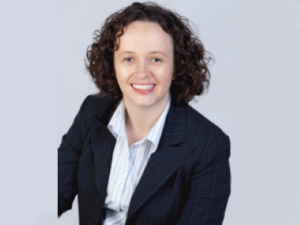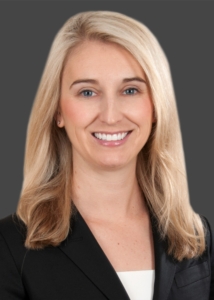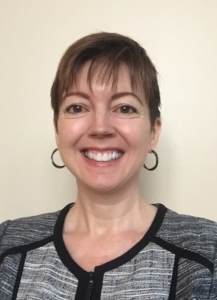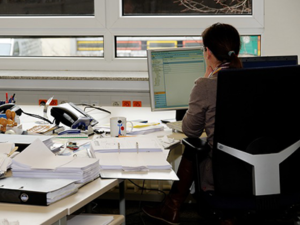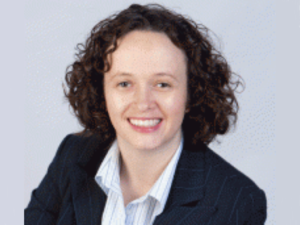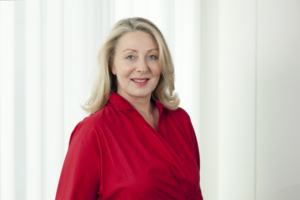Guest contributed by Funmi Ogunlusi
When it comes to improving women’s access to professional opportunities, there is an elephant in the room. It is intersectionality: the appreciation of the various ways in which different aspects of our identity intersect to create different experiences of privilege and discrimination. A white woman fighting to break through an old boys’ club certainly faces an uphill battle but how does it differ for women of color? Jasmine Babers calls this a concrete ceiling – one even more difficult to break through than glass – and arguably this set of circumstances can make it easier to find common ground along racial lines.
Well, as a woman of color I can only tell you about my experiences. One in particular stands out. I was meeting two senior members of a company for a chat about a job I was qualified for, based on my experience as a writer and PR account manager. One of them, through several thinly veiled attempts, had been questioning me about my proficiency in English. It made me feel uneasy but I told myself that it made sense for him to want evidence that I could be a good editor, given the job description. However, he wasn’t asking about attention to detail, or my ability to draft the required documents. He was struggling to understand how I could speak English in the first place.
The questions kept coming, in spite of the fact that the interview was being conducted in English and I had two essay-based degrees from British universities – one of which is a First Class. There they were, still wondering if I could string a sentence together. His colleague then tried a more direct approach and asked me if English is spoken in Nigeria, my home country. Before I could respond, this question seemed to jog the other man’s memory. He exclaimed,
“Oh but of course… It was once part of the Great Empire, wasn’t it? They must speak English there!”
And so, colonialism – not my experience, not my aptitude, not my performance during the interview – immediately became the confirmation that I could do a job I had done in the past. Proximity to whiteness, not my actual lived experience.
Many black women I know have similarly ridiculous stories about blatant, unapologetic and casual racism at work. One friend was told, after complaining about a faulty toilet in her building, that she should be used to foul smells because of where she’s from. Another friend was denied an improved job title which appropriately reflected her role and forced to remain in an “internship”, only for that title to be given to a less qualified and experienced white woman who replaced her. I have too many more foul anecdotes like this to mention, and they all have one thing in common: black women on the receiving end of the perfect storm of sexism and racism.
White women continue to be paid and promoted less, but they wouldn’t have had to answer questions about knowing how to speak, read and write English in an interview. A white woman wouldn’t have had to sit across a casual reference to imperialism as a justification for her eligibility for a role. She wouldn’t have her hair tugged by clients for its “intriguing” and “wild” appearance. She wouldn’t be called “sassy”, unofficially appointed as the spokesperson for all black people and always called upon to comment on rap and/or any famous black person in the news. These are real experiences many women face at work today. Not fifty years ago. Today. Issues like this create an additional layer of obstacles women of color have to surmount in order to progress.
This interplay between race and gender is simply not discussed enough, but things are slowly changing. This issue is a subtle theme in the latest season of the HBO smash hit series Insecure, which has been lauded for its portrayal of the experiences of young black women in Los Angeles, California. Molly – a brilliant lawyer – discovers that she is paid significantly less than her white male counterpart despite comparable achievements. It is quite telling that she then turns to a black male colleague at another firm instead of another woman at her own firm.
Many black women might recognize the subtext here. Perhaps Molly could not turn to another woman of color because there simply weren’t any to turn to. Being “the only one in the room” is not an infrequent experience for black women climbing the career ladder. Perhaps she could not turn to her white female colleagues, either because they wouldn’t understand or because they weren’t doing that much better anyway. Whatever the reason, we as viewers are left to fill in these blanks. In a situation where Molly could have aligned with other women in order to face this problem, she didn’t.
I know too many Mollies, forced to navigate worlds of unfamiliar pop culture references, alienating inside jokes, and sometimes frankly inappropriate behavior, all while accepting that they are not being paid what they are worth. In almost all cases, I see them leaning more on other black women or networks built around ethnicity – rarely do they congregate around gender. Why is that?
I think there is one simple reason.
Failure to address this is a major blind spot in most efforts geared towards women empowerment, and much more needs to be done.
These conversations need to stop happening in silos, but we all have to be willing to listen. We have to recognize that these differences exist, and they persist till this day. Acknowledging this does not downplay the common battles all women face in male-dominated spaces. It simply highlights the fact that women do not all experience these battles in the same way – and some have fewer tools in their arsenal than others. Discussing how to move forward, without appreciating that we’re not all starting from the same point, will get us nowhere.
Disclaimer: Opinions and views of Guest Contributors are not necessarily those of theglasshammer.com


